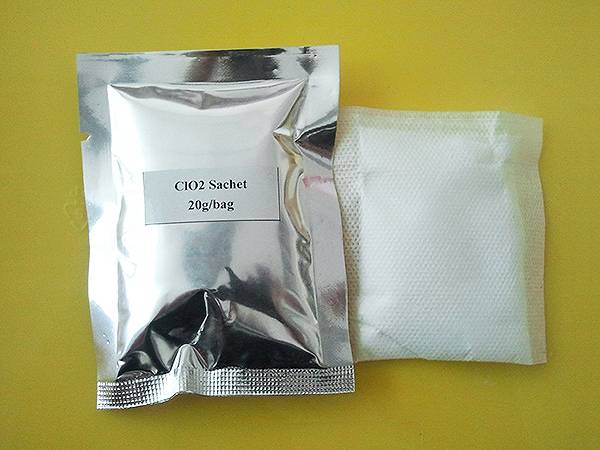



caustic soda cas
Understanding Caustic Soda Properties, Uses, and Safety Measures
Caustic soda, also known as sodium hydroxide (NaOH), is a highly versatile and widely used chemical compound. Its applications span across various industries due to its effective alkaline properties. This article explores the nature, uses, and safety considerations associated with caustic soda.
Properties of Caustic Soda
Caustic soda is a white, odorless solid that is highly soluble in water, generating substantial heat during the dissolution process. This exothermic reaction is one reason why sodium hydroxide is employed in various chemical reactions. In its pure form, it appears as crystalline granules, which can absorb moisture from the air, often leading to the need for careful storage in airtight containers.
As a strong base, caustic soda has a high pH, typically ranging between 12 and 14. This makes it an effective agent for neutralizing acids and a key component in saponification, the process used to produce soap from fats and oils. Moreover, the compound can react vigorously with organic materials, making it essential to handle caustic soda with caution.
Industrial Uses
Caustic soda plays a critical role in a multitude of industries
1. Chemical Manufacturing It is a vital ingredient in the production of various chemicals, including bleach, plastics, and synthetic fibers. Its ability to neutralize acids makes it an essential component in chemical reactions needed to synthesize numerous organic and inorganic compounds.
2. Pulp and Paper Industry Caustic soda is utilized in the pulping process to break down lignin, a complex organic polymer that helps form the structure of wood. This process results in the production of pulp, which is subsequently turned into paper products.
3. Water Treatment By adjusting the pH of water, caustic soda aids in controlling the corrosion of pipes and assists in the removal of heavy metals and other contaminants. It is essential in municipal water treatment plants to maintain water quality and safety.
caustic soda cas

4. Food Industry In food processing, sodium hydroxide is occasionally used as a food preservative and in the production of various products like pretzels, where it gives a distinctive texture and flavor. However, its usage in food requires strict adherence to safety regulations due to its caustic nature.
5. Detergency Caustic soda is a common ingredient in industrial cleaning products. Its ability to dissolve fats, oils, and grease makes it effective for industrial and household cleaning applications.
Safety Measures
Despite its numerous applications, caustic soda poses significant health and safety risks. It is classified as a hazardous substance, and appropriate precautions should be taken when handling it.
1. Personal Protective Equipment (PPE) Individuals working with caustic soda should wear suitable PPE, including gloves, goggles, and aprons to protect against skin and eye contact.
2. Ventilation It is crucial to ensure proper ventilation when using sodium hydroxide, particularly in confined spaces, to avoid inhalation of toxic fumes.
3. Emergency Procedures Workplaces must have safety protocols in place, including access to eyewash stations and emergency showers in case of exposure. Employees should be trained to deal with spills and accidental exposure.
4. Storage Caustic soda should be stored in a cool, dry place in a tightly sealed container to prevent moisture absorption and ensure safety.
Conclusion
Caustic soda, with its myriad applications, is an indispensable chemical in modern industry. However, its handling requires meticulous care due to its caustic and corrosive properties. Understanding these aspects, from its industrial utility to safety protocols, is vital for anyone involved in its use or handling. The balance between leveraging the benefits of caustic soda while ensuring safety and compliance is critical in navigating its complexities in industrial and commercial applications.
-
Why Sodium Persulfate Is Everywhere NowNewsJul.07,2025
-
Why Polyacrylamide Is in High DemandNewsJul.07,2025
-
Understanding Paint Chemicals and Their ApplicationsNewsJul.07,2025
-
Smart Use Of Mining ChemicalsNewsJul.07,2025
-
Practical Uses of Potassium MonopersulfateNewsJul.07,2025
-
Agrochemicals In Real FarmingNewsJul.07,2025
-
Sodium Chlorite Hot UsesNewsJul.01,2025










